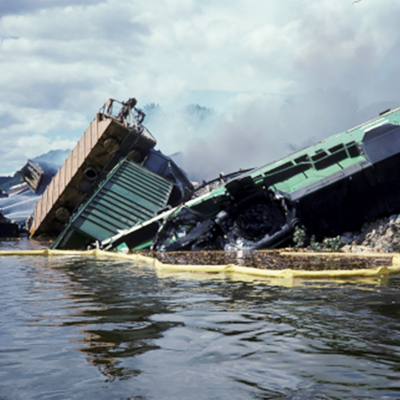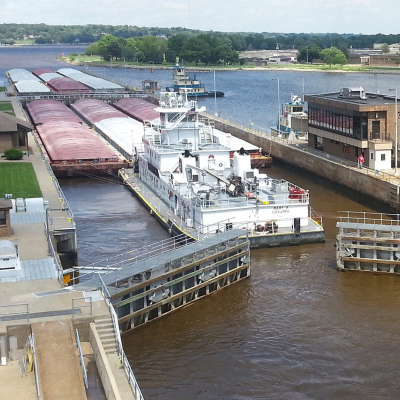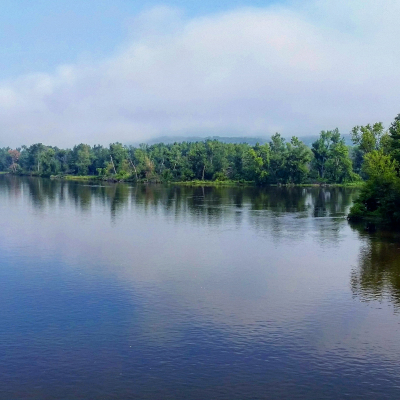January 1, 2004
The UMRBA WQTF recognizes that interstate waters are inherently challenged within the USEPA’s Clean Water Act. While the CWA provides a national framework it gives the states enormous flexibility in implementation. The WQTF concluded that:
- Water quality monitoring data on the Upper Mississippi River are currently inadequate for assessing use support and impairments
- The extent to which states utilize Upper Mississippi River water quality data from other sources varies considerably
- Existing chemical and physical numeric criteria are not sufficient to fully assess Upper Mississippi River ecosystem health; additional tools are required, including large river biocriteria, indicators of nonpoint source impairments, and numeric criteria embodied in standards
- There are a variety of inconsistencies among the five states’ 305(b) assessments and 303(d) impairment lists for the Upper Mississippi River, resulting from differences in data interpretation and utilization, river functions and uses, and state water quality standards
- Some of the differences stated above are explainable and appropriate; however, the fundamental question is whether those differences lead to unequal levels of protection
- Enhanced consistency and coordination of water quality management on the Upper Mississippi River is both necessary and possible
- Despite the potential for enhanced consistency, there are limitations to achieving uniformity – e.g., intrastate consistency consideration, state law and regulation, and time and resources
- Developing TMDLs on interstate waters (including the Upper Mississippi River) will be a significant challenge due to scientific complexity, differences in state standards and impairment listings, political and policy limitations, lack of resources and priority, and the absence of a mechanism for interstate coordination




